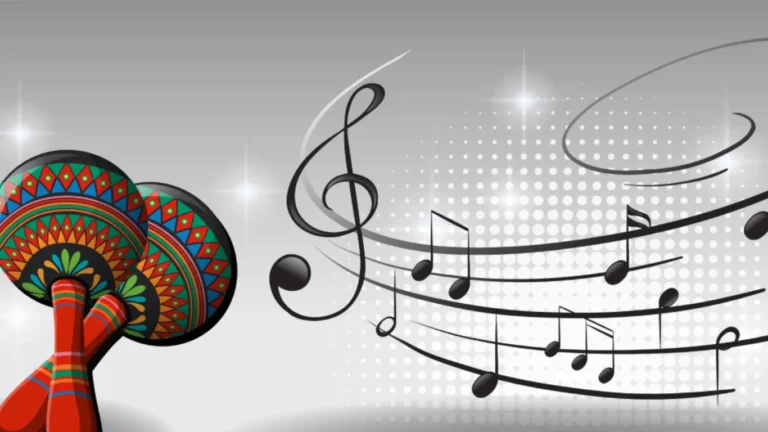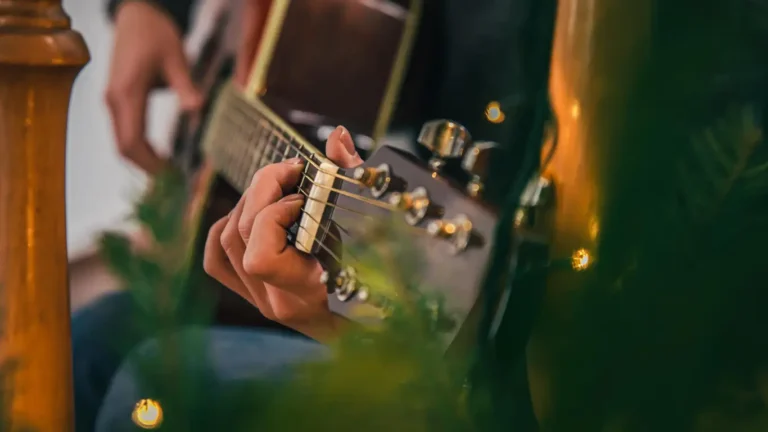The traditional music of Iran is highly diverse and has a solid connection to spirituality. The history of Persian music goes back many centuries, and the country of Persia is responsible for developing many musical instruments. Stepping into the realm of Iranian classical music is like taking your first steps into a universe that excites all senses.
What Is The Difference Between Turkish, Arabic, And Persian Classical Music?
Instruments play an essential role in Turkish, Persian, and Arabic music. Like musical styles, these music kinds have several dominating instrument types in common, but each country or culture has its variation or variety. Oud is the most excellent illustration of such a circumstance.
The Oud instrument is a plucked, fretless lute that may be found in various sizes across the Middle East. The size and timbre of Arabic, Turkish, and Persian ouds vary. Turkish oud tuning differs from one another.
Another example of instrumental distinctions is the usage of trapezoid-shaped zithers in different music forms; the zither used in Turkish and Arabic music is kanun or qanun, but santoor is a hammer dulcimer in Persian music.
Regarding the harmonic system, Arabic, Turkish, and Persian music are based on the modal system. These modes are patterns or sets of principles for composing music. The method is supposed to be makam/maqam in Middle Eastern music, and Persian, Turkish, and Arabic music are produced and played with attention to makams/maqams.
However, the structure of each of these pieces of music is more complex. Dastgahs, which are broader than the makam and maqam in Arabic and Turkish music, are the foundation of Iranian traditional music.
Dastgah refers to a system composed of makam and other musical components. A dastgah consists of gushehs, which are nameless melodies that are sung one after the other in a Persian piece of music, and each gusheh has a makam that should be compatible with the tone of the dastgah in which it is played.
Radif, the set of compositions comprising the twelve dastgahs, is not employed in Arabic or Turkish music. The fact that Arabic and Turkish maqam/makam are built on tetrachords and pentachords, on the other hand, is a trait they share.
Iranian Classical Music Instruments
There are a lot of native Iranian classical music instruments. Most of them are string and percussion instruments. Most of them have spread to all areas that were part of the Persian Empires, Europe, and Asia through the Silk Road. Some of the most famous instruments in Iranian folk music are the ones below:
Ney: It is the oldest vocal instrument that is still being played. It is an end-blown flute that is 5,000 years old. Persian neys have seven holes plus a spot for the thumb.
Santoor: There are 72 metal strings stretched over a triangular resonant soundboard on the Santoor, a percussion-stringed instrument. To hit the strings, the player uses two small mallet hammers in the shape of spoons. This instrument was sent to India, China, and Greece, among other places.
The star instrument is characterized by its four strings, closely associated with the lute. The act of playing involves the utilization of the hands by the players. The emitted sound possesses qualities that are characterized by proximity and warmth.
The tar is a musical instrument that has a resemblance to the lute, including a total of six strings. The instrument originated around the 18th century and has become a prominent musical apparatus in Iran and its neighboring regions. The instrument in question is often regarded as the most prevalent choice for performing traditional music solo or in conjunction with vocal accompaniment.
The Kamancheh is a musical instrument specifically designed to play the Kamancheh, a stringed instrument. The tool is a traditional musical device historically utilized by Armenian, Azerbaijanan, Turkish, and Kurdistan individuals. The agency shares a common ancestral lineage with the violin.
The Tanbur is a kind of lute characterized by its two or three strings. The Kurdish population ascribes a sacred significance to this musical instrument, attributing it to a prominent role in traditional music in Iran’s Kurdish regions.
Tanbur is an Iranian traditional instrument used for music. Tanbur is an Iranian classical instrument for singing “TasteIran” by Amin Karimi. The Daf is a round frame drum with silver rings on it. Sufis originally played it in Kurdistan, but now it’s often played with singers, tanbur, setar, and other instruments.
Tonbak: It is one of the most essential drums in Persian music. The person places their hands diagonally across their body and plays with their hands.
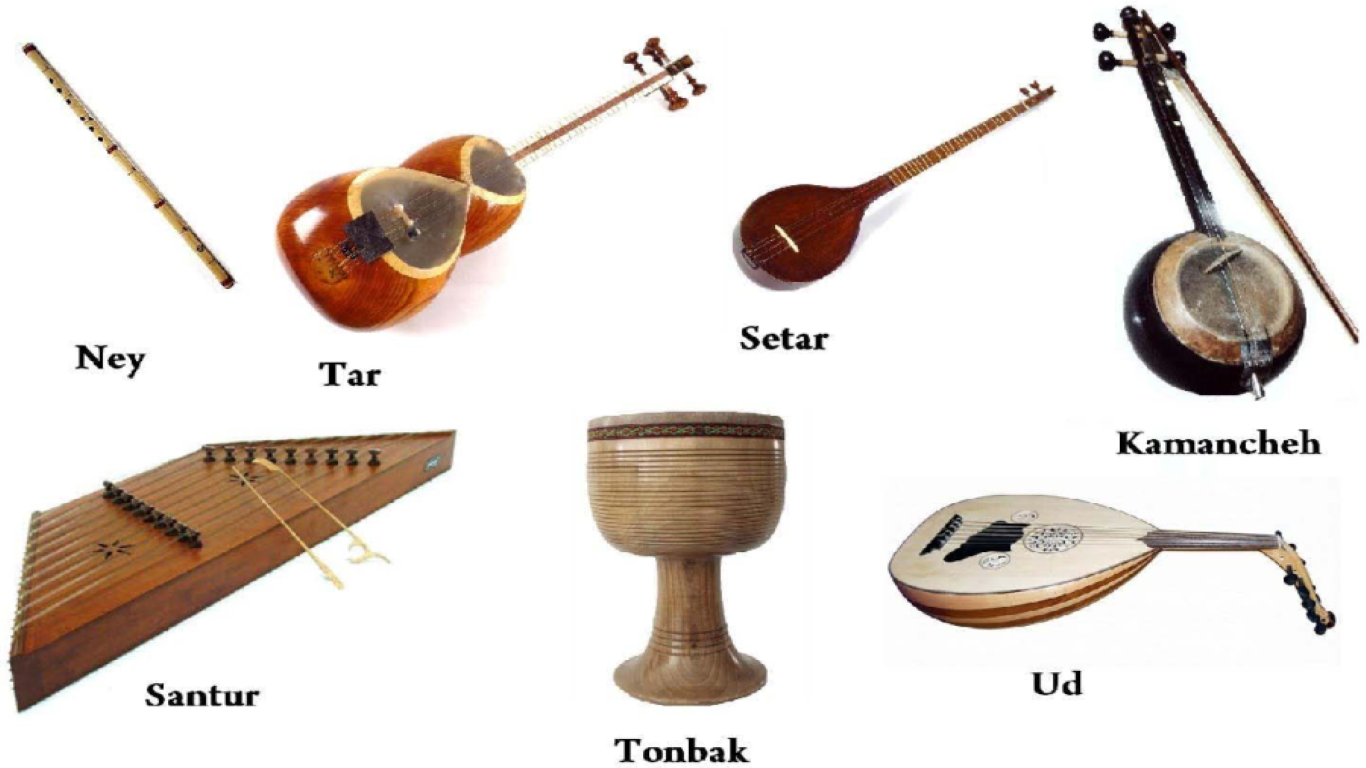
Iranian Classical Music
Royals and affluent visitors first heard classical music, which signifies “pure” or “noble” in Persian. This music is said to be many thousand years old. It’s hard to prove that rhythms and instruments have changed, but we know it has deep origins.
Iran considers it part of their culture. It’s a deep, intimate, refined, contemplative, historical, and poetic expression method. Some classical music is slow, quiet, and reflective, usually in the lower voice. Tahrir offers melismatic brilliance.
Quick, elegant, high-vocal portions are sometimes compared to sparrow singing. When voice and instrument combine, it creates a dreamy arabesque.
Iran’s poetry and music are rich. Two Middle Persian mystics, Mowlana (Jalal Edin Rumi, 1207–73) and Hafez (1325–89) inspired much classical music. A lot of people experience ancient poetry through music. Contemporary themes are typically seen in the poetry.
Islamic values the written word; hence, poetry elevates music. Islam focuses on instrumental music. Iranian classical music is often played without a singer, but modern attempts have freed it from words and validated instrumental music.
What Navasaz Academy Does to Keep the Tradition Alive
The Navasaz Academy has been crucial in training Iran’s next generation of traditional singers. This school is essential for ensuring this musical tradition lives on by giving people tough training and cultural education.
Conclusion
In all of these endeavors, Iranians have endeavored to strike a balance between tradition and modernity, integrating old and new ideas. Iranian musicians and musicologists are gaining confidence in their creativity and modes of perception and expression despite, or perhaps because of, the political and social changes of the past century. In a swiftly changing world, these musicians are redefining their Iranian identity with new digital media.
FAQs
What role does the Maqam system have in traditional Persian music?
The Maqam system defines the scales and melodic modes of Persian classical music. It opens up creative space for composing on the go and sharing one’s innermost feelings.
Besides Ali Massoudi and Padide Ahrarnejad, who else has significantly impacted Iranian classical music?
Mohammad Reza Shajarian, Hossein Alizadeh, and Shahram Nazeri are just a few legendary musicians who have contributed to the long and illustrious history of Persian classical music.
In Persian classical music, what function does poetry play?
Lyrics in Persian classical music frequently feature poetry, especially that of well-respected poets. The poet’s words enhance the melody.
In what ways has modern society influenced the development of Persian classical music?
The classical music of modern Iran has incorporated aspects from other cultures via collaboration and openness to creativity.
Where can one get live performances of Iranian classical music?
There are several places in Iran and beyond where you may see live performances of Persian classical music.
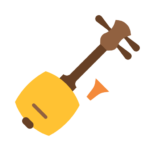 String Instr
String Instr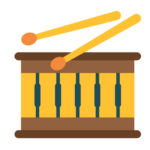 Percussion Instr
Percussion Instr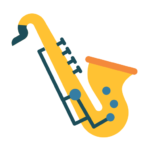 Wind Instr
Wind Instr Keyboard Instr
Keyboard Instr Tools
Tools Books
Books